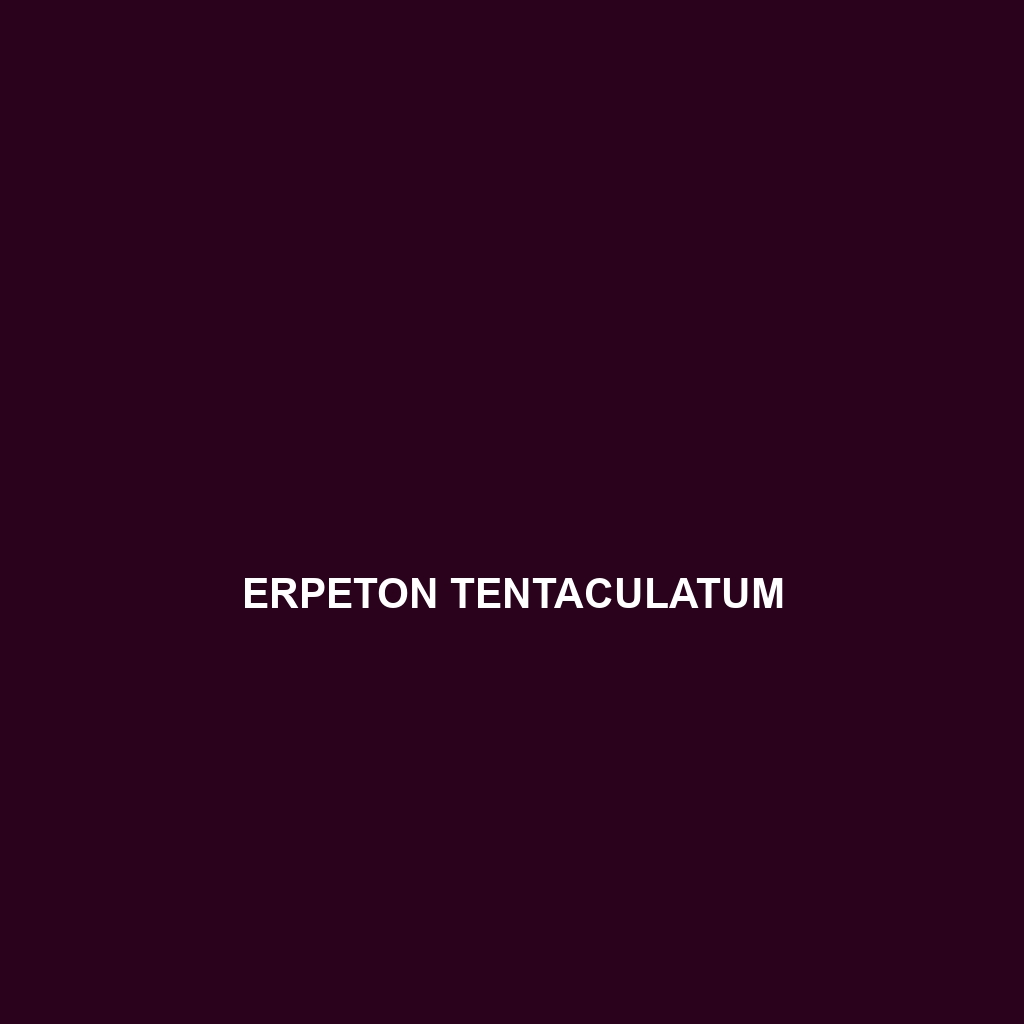
Tag: insectivorous reptiles
-

Ctenotus labillardieri
Discover the Eastern Sand Skink (Ctenotus labillardieri), a burrowing lizard native to southeastern Australia, known for its sandy brown to olive-green coloration and diurnal behavior. This adaptable species thrives in arid environments, playing a crucial role in controlling insect populations while exhibiting remarkable tail regeneration.
-

Ctenotus kurnbudj
Ctenotus kurnbudj, commonly known as the Kurnbudj skink, is a slender reptile from arid Australia, measuring 10 to 13 cm long with distinctive dark striping and a vibrant blue-green underside. This active, diurnal species plays a vital ecological role as a predator of small invertebrates and engages in unique social behaviors during mating.
-

Ctenotus joanae
Discover the Joanna’s Ctenotus (Ctenotus joanae), a diurnal skink from central Australia known for its slender body, smooth scales, and distinctive coloration that aids in camouflage. Thriving in sandy soils and open habitats, this agile predator primarily feeds on small insects and plays a crucial role in its ecosystem.
-

Ctenotus impar
Ctenotus impar is a medium-sized Australian skink, measuring 10 to 20 cm, known for its striking brown, gray, and black coloration that provides excellent camouflage. Primarily found in arid regions, this diurnal species burrows in sandy or loamy soils and feeds on insects, playing a vital role in its ecosystem.
-

Ctenotus hebetior
Ctenotus hebetior, commonly known as the hebetor skink, is a medium-sized skink native to arid regions of central and western Australia, characterized by its distinct brown and gray coloration and an agile, diurnal behavior. This resilient species plays a crucial role in maintaining ecological balance by preying on insects while also serving as prey for…
-

Ctenotus halysis
Experience the fascinating Ctenotus halysis, or shiny Ctenotus, a medium-sized lizard found in Australia’s arid landscapes, known for its striking coloration, fossorial behavior, and vital role in controlling insect populations. This adaptable species thrives in sandy soils and plays a crucial part in maintaining its ecosystem’s balance.
-

Ctenotus greeri
Discover the Ctenotus greeri, a unique skink species native to the arid regions of Australia, characterized by its brown and grey coloration with distinctive stripes, measuring 10 to 15 cm in length. This diurnal insectivore thrives in sandy soils and grasslands, playing a crucial role in pest control and serving as prey for larger predators.
-

Ctenotus grandis
Discover the Ctenotus grandis, or great skink, a medium-sized reptile thriving in central Australia’s arid regions, featuring distinctive greyish-brown coloration with dark stripes and an insectivorous diet that plays a vital role in maintaining ecological balance. Known for its impressive agility and burrowing behavior, this skink exhibits fascinating social interactions and reproduction patterns, making it…
-

Ctenotus gemmula
Discover the Ctenotus gemmula, a slender skink native to Australia’s arid regions, boasting distinctive earthy coloration and agile movements. This diurnal reptile thrives in sandy habitats, primarily feeds on insects, and plays a crucial role in its ecosystem by maintaining insect population balance.
-

Ctenotus fallens
Ctenotus fallens, a moderately sized skink native to southeastern Australia, thrives in open woodlands and grassy plains, exhibiting distinctive brown to gray coloration with lighter stripes. This diurnal species is agile, feeds primarily on insects, and plays a vital role in pest control while exhibiting unique social behaviors during mating.
Search
Popular Posts
-
Erymnochelys madagascariensis
Discover the Madagascan Turtle (Erymnochelys madagascariensis), an endangered freshwater species known for its distinctive oval-shaped, camouflaged shell and elongated neck. This herbivorous turtle plays a crucial role in its ecosystem by maintaining aquatic vegetation and contributing to biodiversity in Madagascar’s unique habitats.
-
Erpeton tentaculatum
Erpeton tentaculatum, commonly known as the tentacled snake, is a unique, agile aquatic predator found in Southeast Asia’s freshwater ecosystems, distinguished by its elongated body and tentacle-like structures near its snout. This carnivorous species thrives in tropical climates, feeding primarily on fish and amphibians while playing a vital role in maintaining the balance of its…
-
Eroticoscincus graciloides
Introducing the Eroticoscincus graciloides, or slender skink, a striking reptile found in the lush rainforests of Papua New Guinea. This nocturnal, insectivorous skink showcases a slender body ranging from 10 to 15 cm, featuring smooth, glossy skin that varies in color from light brown to dark chocolate, and plays a crucial role in maintaining insect…
Categories
Archives
Tags
animal adaptations (752) animal behavior (4719) animal reproduction (783) bat species (661) behavior (919) biodiversity (6948) conservation (1670) conservation efforts (1473) conservation status (4782) diet (2098) echolocation (822) ecological balance (1512) ecological role (1397) ecology (790) ecosystem (1468) ecosystem role (2651) ecosystem roles (654) endangered species (2391) environmental conservation (685) habitat (3242) habitat conservation (928) Habitat Destruction (999) habitat loss (2967) insectivorous reptiles (682) IUCN Red List (1446) lizard reproduction (666) nocturnal animals (2695) nocturnal behavior (2243) physical characteristics (1981) reproduction (2853) reptile conservation (919) rodent (677) rodent species (1325) seed dispersal (2062) Seed Disperser (958) small mammals (1163) snake diet (641) snake reproduction (688) South America (784) species description (714) tropical forests (937) Vulnerable Species (4444) wildlife (2507) wildlife conservation (4537) wildlife protection (837)


